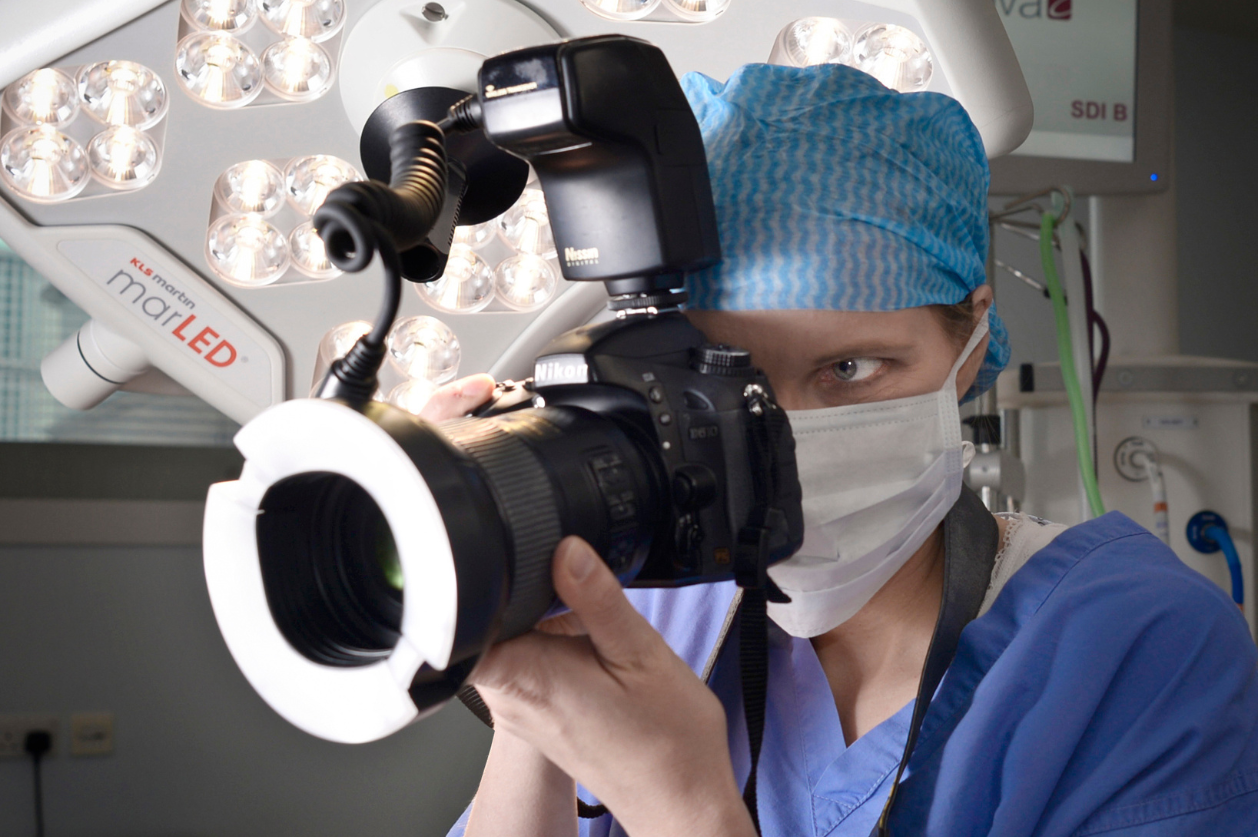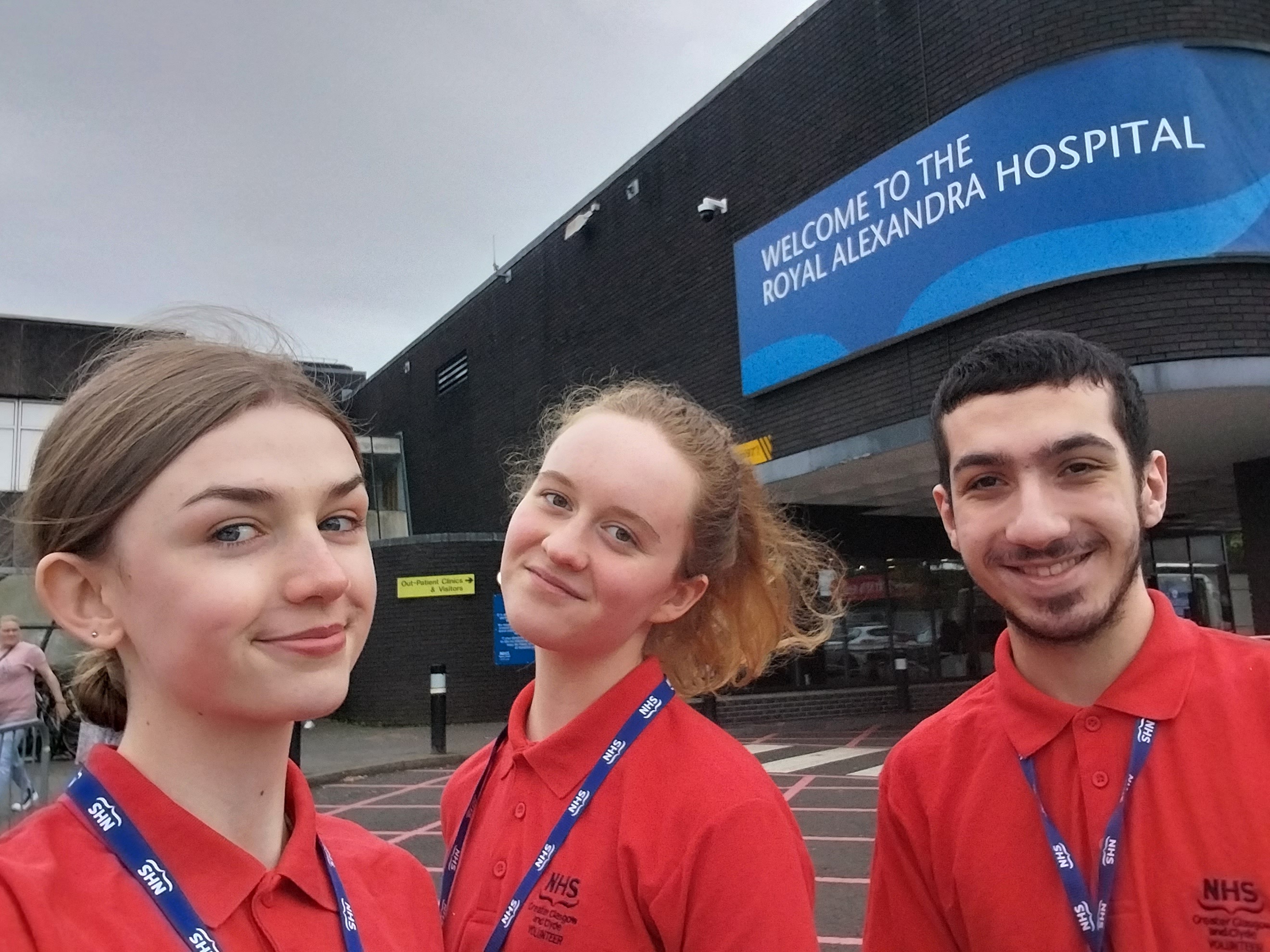Previous
Clinical perfusionist
You’ll need an undergraduate degree in Clinical Photography to become a clinical photographer in the NHS. If you have an undergraduate degree in Photography, you can apply for a trainee opportunity and complete a postgraduate certificate in Clinical Photography to become qualified.
Clinical photographers produce different types of images to support diagnosis and document changes in a condition over time. In addition to standard digital photography, other specialised imaging techniques include:
They may also take photos and videos for teaching, research, publication, and medico-legal purposes.

School subjects that could lead to a career as a clinical photographer include:
Speak to your guidance teacher or careers adviser about subjects offered at your school.

You may find it helpful to get some healthcare experience by doing a work placement or volunteering. You’ll get training, increase your knowledge, and learn new skills. This could help you when applying to college, university, or a new job with NHSScotland.
There are lots of different routes to becoming a clinical photographer.
To become a clinical photographer, you’ll need an undergraduate honours degree in Clinical Photography at SCQF level 10. The degree programme must be accredited by the Institute of Medical Illustrators (IMI).
Vacancies for qualified clinical photographers are advertised on our recruitment website.
Widening participation supports adult learners who want to go to university. If you’re an adult with few or no qualifications, you could get into higher education through the Scottish Wider Access Programme (SWAP). Many universities also provide access programmes to help you get the degree entry qualifications you need.
You can apply for a trainee post in the NHS if you have an undergraduate honours degree in Photography at SCQF level 10. You’ll then complete a postgraduate certificate in Clinical Photography at SCQF 11 on a distance-learning basis.
Training opportunities are advertised on our recruitment website.
Some clinical photographers start their careers as clinical photography assistants. You can apply for these roles with an HND in Photography at SCQF level 8.
You’ll find more information about SCQF levels on the Scottish Credit and Qualifications Framework (SCQF) website. You can also search for college courses and university degree programmes on My World of Work.
The Academy for Healthcare Science (AHCS) maintains voluntary registers for healthcare science professions not covered by statutory registration and regulation. These registers are accredited by the Professional Standards Authority for Health and Social Care (PSA).
When you qualify as a clinical photographer, you can register with the AHCS.
Clinical photographers produce digital photographs to record and monitor a patient’s medical condition and assess the effectiveness of surgery or treatment.
As a clinical photographer, you’ll create images of patients and pathological materials using specialised techniques, including dermoscopy, IR and UV, and a range of diagnostic ophthalmic imaging processes.
Clinical photography can be intimate and personal for anyone.
Patients come from various ethnic, cultural, and religious backgrounds, and all need reassurance and understanding throughout the process. Photos and videos require informed consent.
Your images could be used in research and medical education to train other healthcare professionals and students.
You could also use your skills for product and public relations photography purposes.
Clinical photographers need these skills:
You'll also need the technical skills for the role, including a good knowledge of digital photography, lighting techniques, image processing, and design trends.
You could work with:
You could work in:
Continuing professional development (CPD) is essential for career development. It will help you keep your skills and knowledge up to date as a clinical photographer. You must also maintain your registration on the Academy for Healthcare Science (AHCS) Accredited Register for Medical Illustrators.
Your CPD can include training courses and workshops or researching new imaging techniques.
With experience, you could become a team manager or train other clinical photographers to use new imaging techniques or specialised equipment.
Clinical photographers can undertake academic research or move into teaching with an MSc or PhD in a relevant subject.
When you become a qualified clinical photographer, you can join the following professional bodies:

Discover the range of healthcare science careers you can choose in the NHS.
Healthcare science
Our blog includes how-to guides, case studies, and career resources.
Discover more